Since there is no large-scale event like an All Star Game planned in Kansas City in the year 2013, I propose to make the 30th anniversary of the movie The Day After the theme for the year. Granted, The Day After is a horrible, poorly acted, made for TV movie, with special effects that make The 7th Voyage of Sinbad look like the Star Wars, but it scared the crap out of millions of Americans and convinced President Reagan to sign a Nuclear Treaty few years later.
The movie demonstrated that it only takes hours after the nuclear strike for the American Military to disband and start fending for themselves, few days for the food riots to start, and few weeks for most people to lose their humanity and forget the English language. It also showed that the government will be predictably unprepared, a nuclear shelter doesn’t protect against a big gun and that people will still ignore the warnings and go to a movie theater right before being blasted with inexplicably excessive number of nuclear devices.
The idea of using The Day After to promote tourism in Kansas City is not new and not even mine. In his article “Kansas City after “The Day After”” published in the Travel Holiday Magazine in June 1984, John Garrity quotes Richard Pfanenstiel, director of the Missouri Film Commission saying:
“The Day After was the best thing that ever happened to Kansas City, Kansas City looked good”.
then goes on to write:
“If you caught the final 20 minutes of the ABC’s The Day After, last November’s doomsday movie, you probably don’t agree with the above statement. You saw Kansas City as an ash-gray rock pile, a windy moonscape dotted with small fires around which a few radiation-ravaged survivors huddled for warmth. The Day After, you guessed, would not o for Kansas City what Where the Boys Are did for Fort Lauderdale.
“As of Sunday night,” Kansas City Times columnist Arthur Brisbane wrote after watching the film, “we’re famous as the city ABC blew up.”
Or, as some other wag noted, “There goes the neighborhood.”
“If it weren’t for the honor of the thing,” a television newsman deadpanned, “I’d just as soon have passed it up.” This last remark, of course, paraphrased Mark Twain, the most famous of all Missourians, who predicted that mankind’s folly would bring it to just such an inglorious end.
Others contend that ABC, by blowing Kansas City off the map, actually put Kansas City on the map. The film has now been shown to nearly 200 million viewers around the world. And if The Day After depicted Kansas City as unlivable after a nuclear strike, its pre-attack footage captured this heartland city at its best: tree-lined boulevards, lush parks crowded with joggers and Frisbee throwers, monumental fountains, fashionable people shopping at fashionable store in the Country Club Plaza. The camera caught them all with an aching poignancy.
Whether Kansas City will be rewarded with a sudden influx of foreign tourists (along the lines of Hiroshima’s sober pilgrims), it’s too early to say. But even the casual visitor to Kansas City could do worse than use The Day After as an approach for a visit.
As you can see, I already completed all the necessary research, made a trip to the Kansas City Library and suffered through the entire 2 hours 6 minutes of the movie (which I have successfully avoided for my almost 20 years in this country), and now I am presenting this concept to the Kansas City Convention & Visitors Association absolutely free of charge. We need to hurry up before Lawrence steals the idea. I propose the following mottoes to be used in the campaign (sample):
- Kansas City 2013: We Haven’t Been Blown Up For Real, You Know.
- Kansas City 2013: We Are Not Mutants.
- Kansas City 2013: Come Visit, The Radiation Is At Almost Gone.
Proposed activities (sample):
- Multiple walking, bus, Segway, Volvo station wagon and helicopter tours will carry the tourists to the sites shown in the movie such as the Liberty Memorial, Plaza, Nelson-Atkins Gallery, West Bottoms, Truman Sports Complex.
- Big screen TV’s placed at these and other locations will be playing the movie as well as the KMBC special “Sunday, Nuclear Sunday” which aired on November 20, 1983, complete with commercials where young Larry Moore, Brenda Williams and non-senile Walt Bodine will discuss now outdated nuclear research.
- Restaurants will offer themed menu items like “Missile Fries” and “Nacho Cheese Meltdown”.
- This horrible song may be used for additional advertising materials.
Following sites are to be included for tours and promotional materials:
Site of former Stockyards:


Kaufman Stadium:
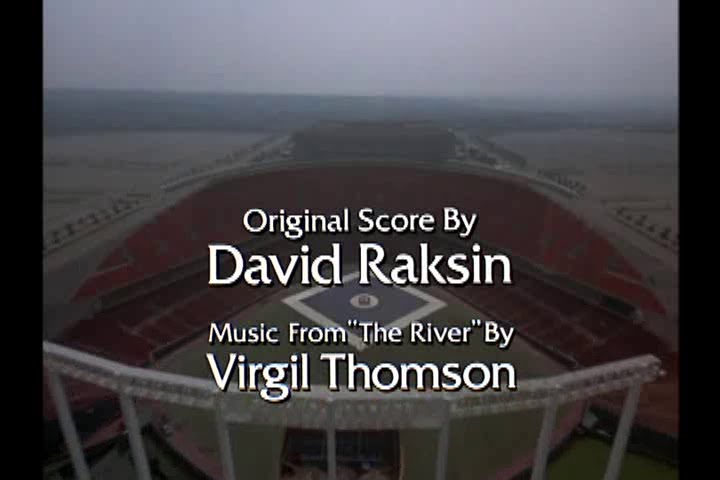

The Arrowhead:

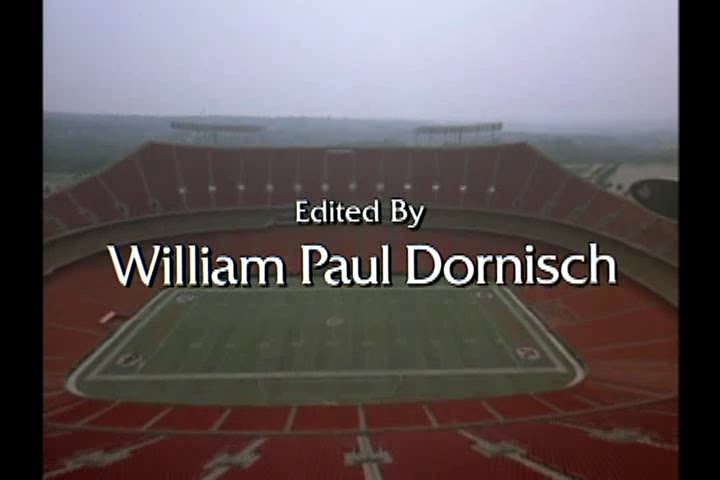

The Liberty Memorial:
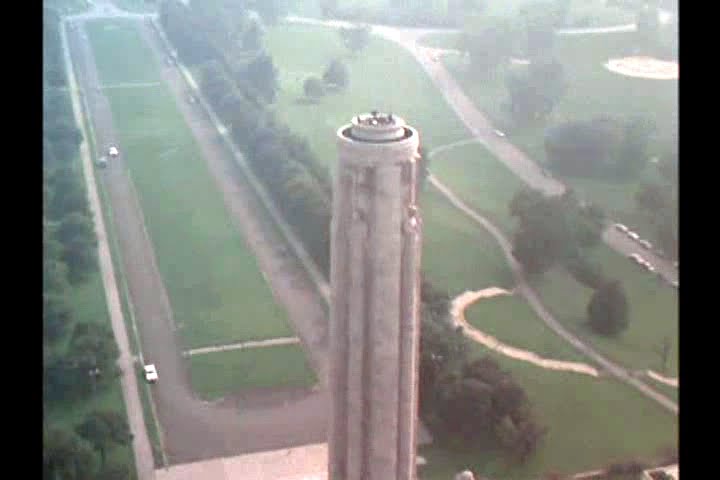


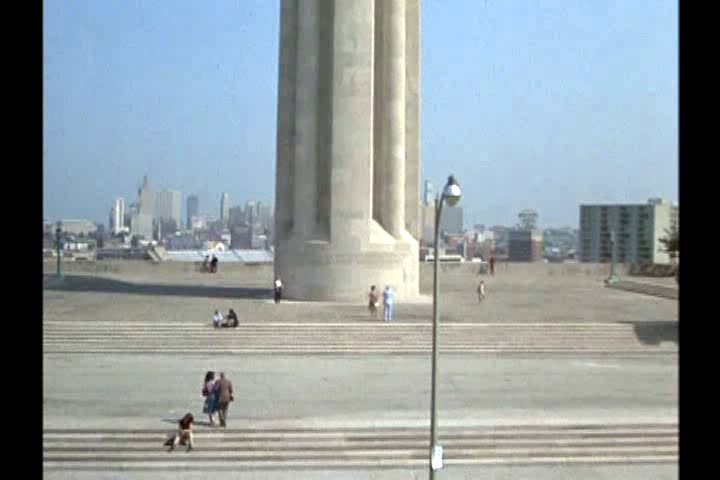

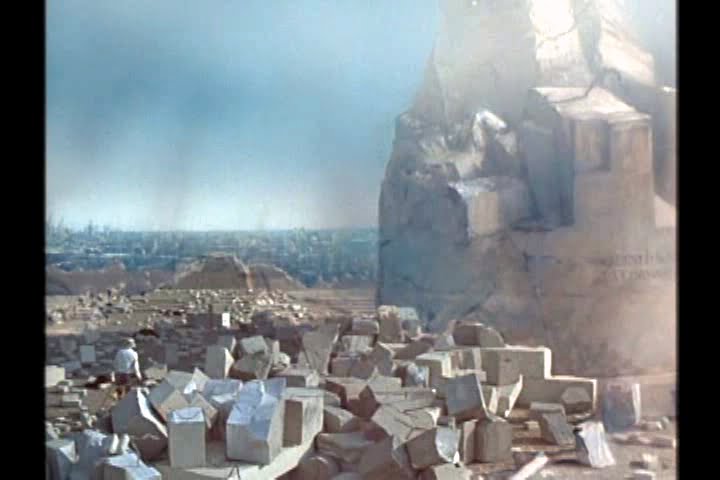

Union Station:

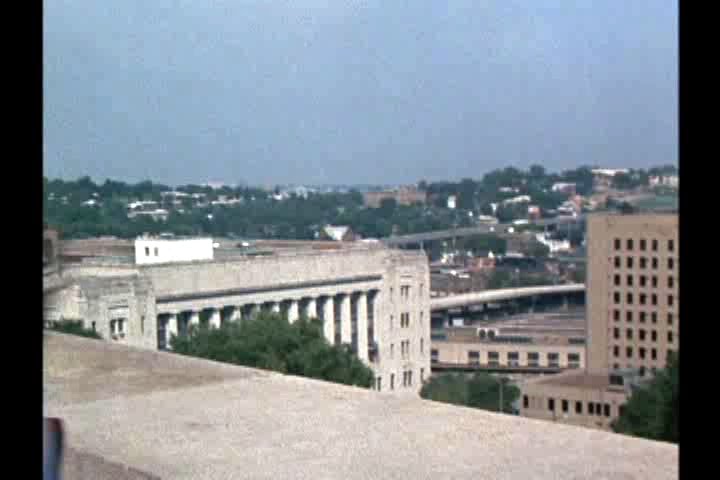
Crown Center:

Downtown:


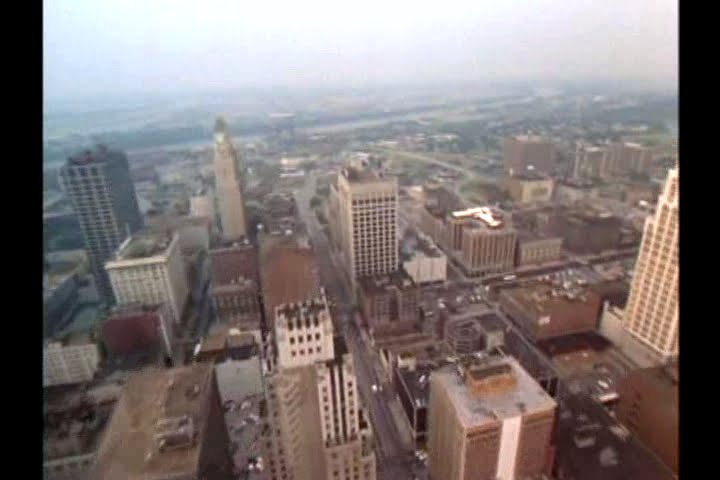
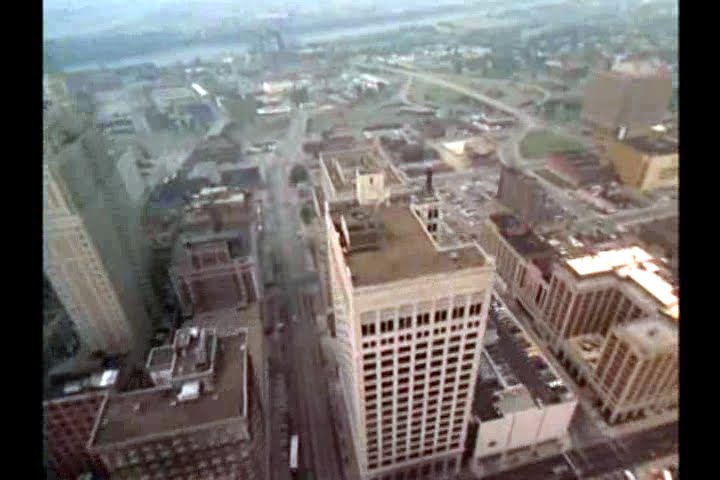



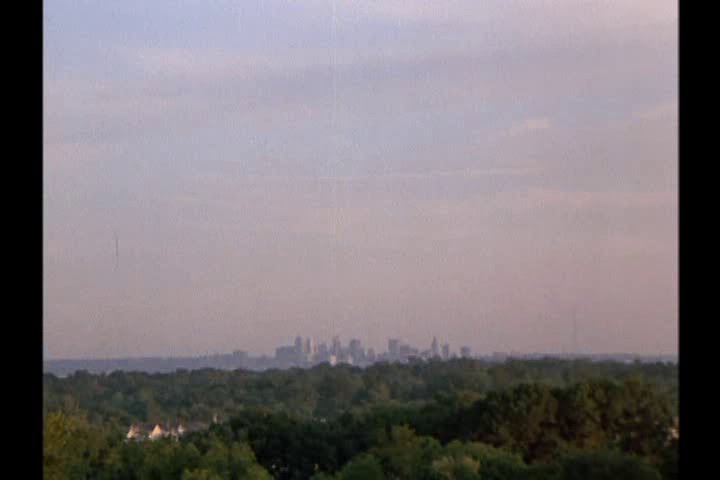
Monuments:
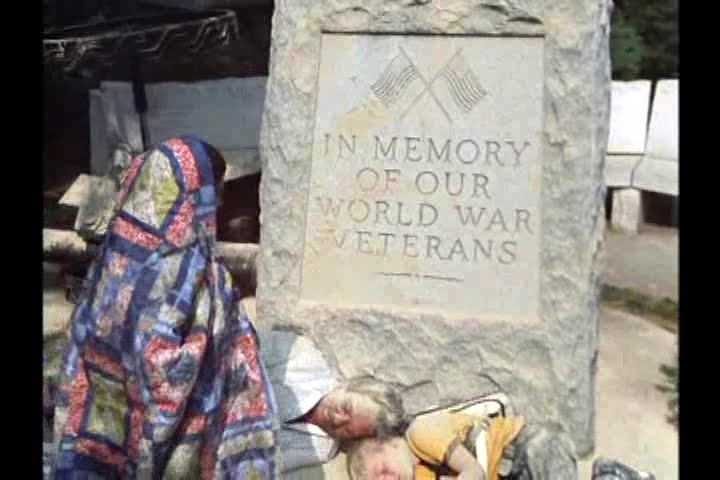

Fountains:
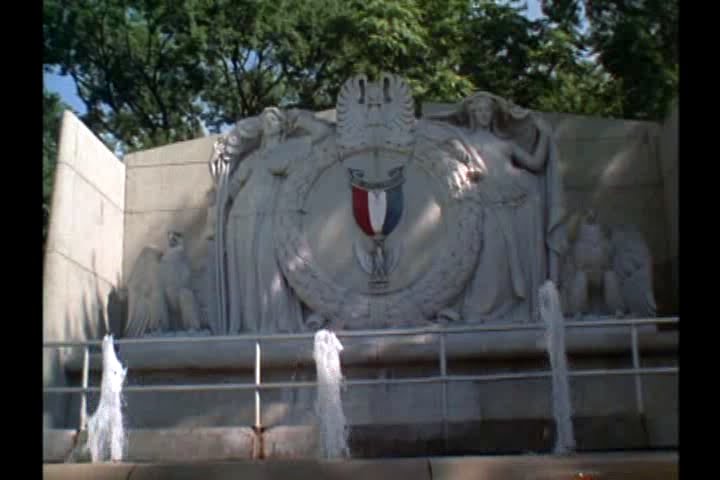


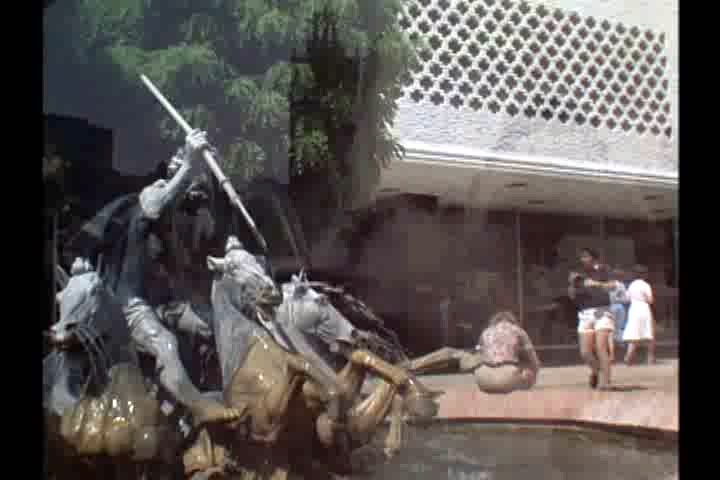
Parks:


Kansas City Board of Trade:


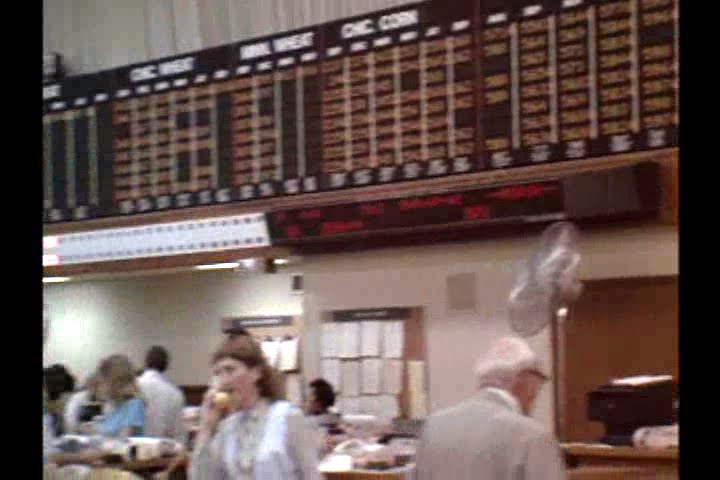
KU Medical Center:

Nelson-Atkins:
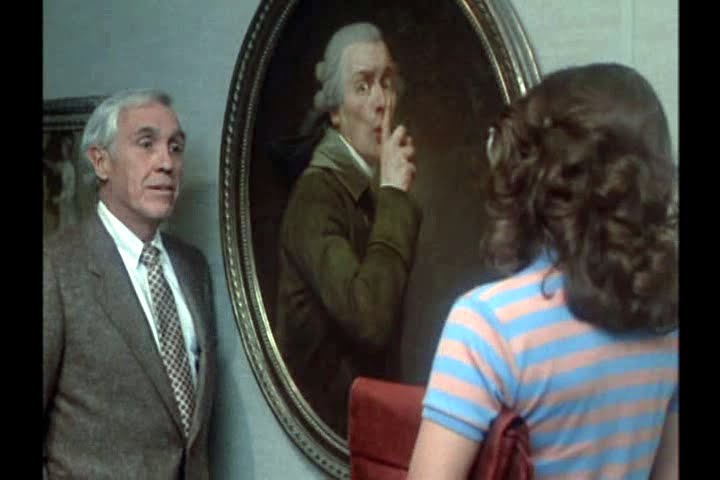


This House:
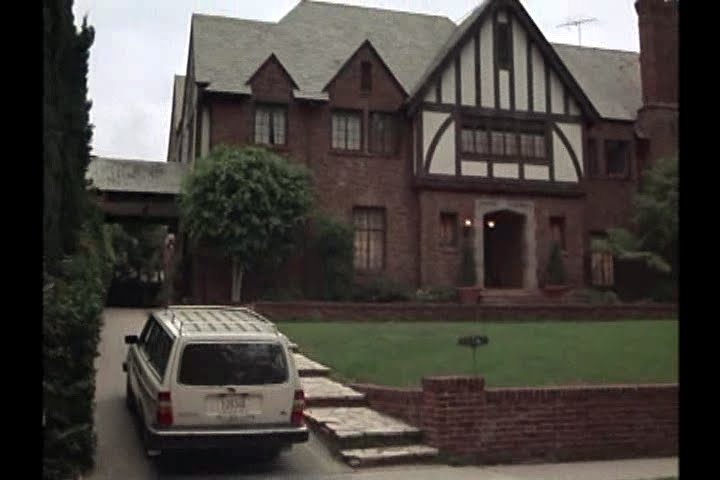
With Additional Trips to Lawrence, KS:
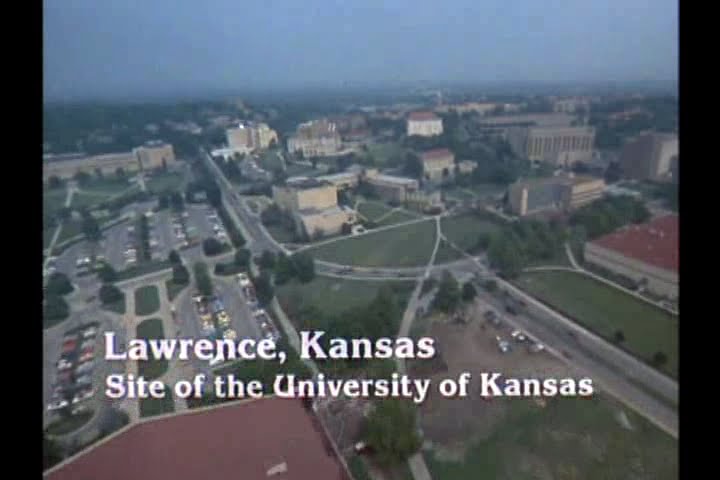

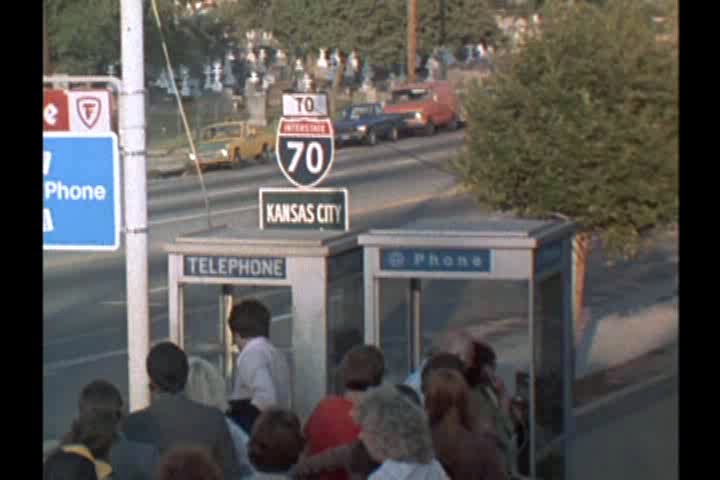
Souvenir Missouri license plates available for sale…

…as well as complimentary makeup:
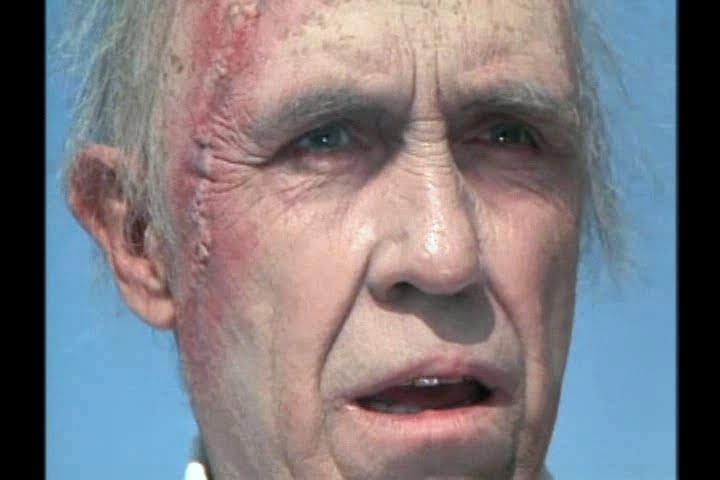
I submit that this proposal will attract hordes of money-spending visitors to Kansas City and will make 2013 a financial success.